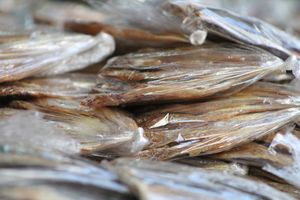Course:LFS100/Food Waste
Food Waste


The Food and Agriculture Organization (FAO) of the United Nations estimates that one-third of the world’s food supply is wasted at various stages along the food chain. From production, through processing and distribution, and even at consumption, approximately 2.8 trillion pounds of food, enough to feed three billion people, is wasted annually. Canada alone wastes 31 million pounds of food annually. Approximately half of the waste Canadians produce is food. Such realities are egregious in the face of the 1 billion people across the globe estimated to be food insecure. Compounding the problem are the environmental and labor costs associated with producing food that ultimately ends up in landfills or rotting in the field. For developing countries, much of the food waste can be attributed to inadequate storage facilities and transportation infrastructure, making food susceptible to mold, insects, rodents, and other pests. For developed countries, much of the food waste occurs at the consumption stage and can be attributed to aesthetic preferences and (often erroneous) expiration dates put on packaging. Various efforts are being made to mitigate food waste, from improving storage and transportation infrastructure, to redirecting edible culled food from the landfill and onto plates via social service programs, to converting actual food waste into animal feed.
Tips:
- Get the low down on food waste in Canada by watching and reading this bit by Global News.
- Check out John Oliver’s humorous yet insightful take on food waste.